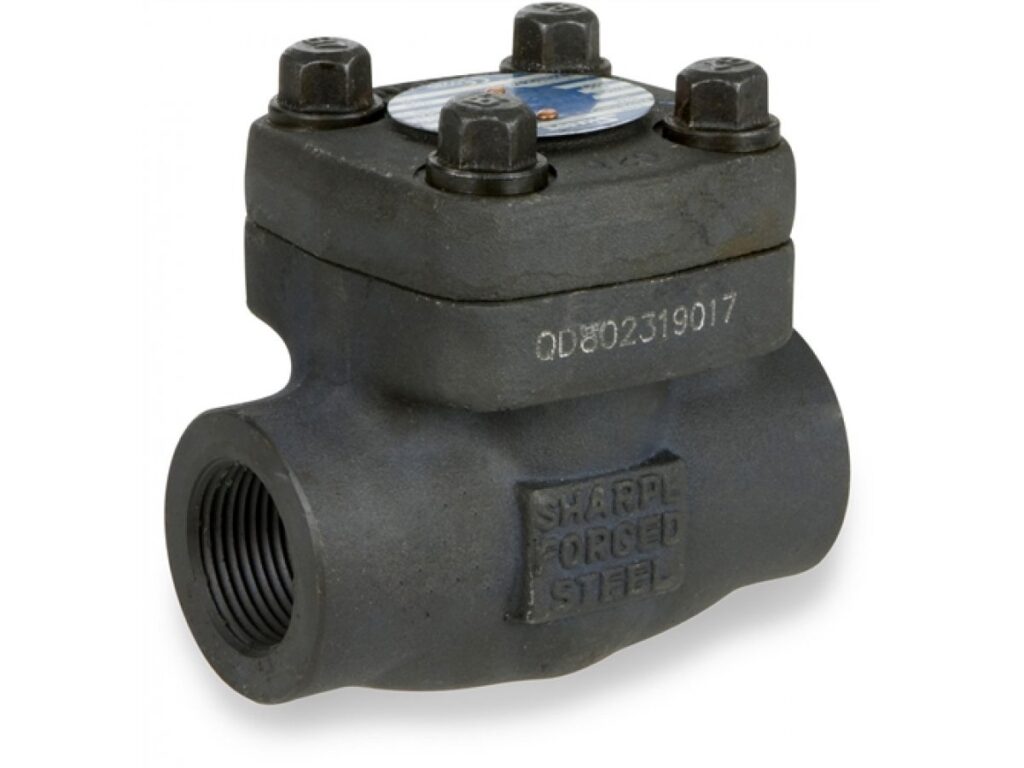Gate valves and 3-way valves are essential components in fluid control systems, but they serve different purposes and have distinct functionalities. A gate valve is primarily used for isolation purposes, allowing or blocking the flow of fluid in a pipeline. The design of a gate valve typically features a wedge-shaped metal gate that moves up and down within the valve body to either open or close the passage. When the valve is open, the gate is fully retracted, allowing for unobstructed fluid flow. This makes gate valves ideal for applications where full flow with minimal pressure drop is required, such as in large-diameter pipelines in industries like water treatment, oil, and gas, and power generation. Gate valves are typically used in on/off applications rather than regulating flow. Their main advantage lies in their ability to create a tight seal when fully closed, preventing any leakage. However, they are not suited for applications where flow control or modulation is required, as they can become damaged if used to partially regulate flow over extended periods.

Gate valves are also known for being slow to operate due to the movement of the gate, and they are not ideal in situations requiring quick response times. In contrast, 3-way valves are designed to control the flow of fluids in multiple directions, offering more versatile flow control than gate valve diagram. A 3-way valve typically has three ports: one inlet and two outlets. The flow can be directed in various configurations depending on the valve’s position. These valves are widely used in systems that require diversion or mixing of fluids, such as in HVAC systems, process control, and chemical engineering. One of the key benefits of a 3-way valve is its ability to switch between different flow paths, making it useful for applications where fluid needs to be redirected or combined. For example, in a mixing system, the 3-way valve can blend fluids from two different sources into one, while in a diverter application, it can channel flow into one of two pathways.
This flexibility makes 3-way valves valuable in systems where flow direction or proportions need to be adjusted based on demand. Moreover, 3-way valves are available in various types, including L-port and T-port configurations, which dictate how the valve controls the flow. The L-port typically redirects flow between two outlets in a 90-degree angle, while the T-port can provide flow to both outlets simultaneously or isolate one. This makes 3 way valve highly adaptable to different system requirements. In summary, while gate valves are ideal for applications requiring simple on/off control and minimal pressure drop, 3-way valves offer more flexibility, enabling fluid diversion, mixing, or splitting. Gate valves are best for isolation purposes, whereas 3-way valves are invaluable in systems requiring complex flow direction and regulation. The choice between the two depends on the specific needs of the system, with gate valves excelling in simple applications and 3-way valves being better suited for more intricate fluid control tasks.